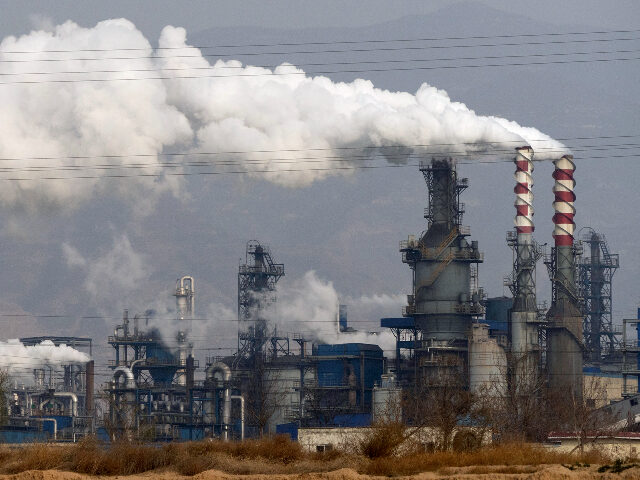Reuters reported on Tuesday that major Indian firms are interested in building at least ten gigawatts of coal-fired power generation over the next decade, expanding some existing plants and reviving projects that stalled out when coal power fell into environmentalist disfavor.
“The potential investments, which have not been previously reported, could cumulatively cost billions of dollars and demonstrate renewed appetite in an industry seen by many as financially unattractive. But they also threaten to undermine progress made by the world’s No.3 greenhouse gas emitter in weaning its economy off carbon,” said Reuters.
India currently has about 215 gigawatts of coal power, plus 47 gigawatts of hydropower and 135 gigawatts of renewable energy. Sources in both the government and private sector told Reuters that India feels it has done enough to reduce emissions and must now focus on building affordable and reliable power capacity to meet its industrial needs.
If anything, the support for coal plants voiced by big corporations like Adani Power and Essar Power is modest compared to Prime Minister Narendra Modi’s desire to add 80 gigawatts of coal power by 2032.
India’s power ministry said in November that 27 gigawatts of coal power is already under construction, but the government wants to line up private investors to finance an additional 55 to 60 gigawatts. India’s power demands hit record highs last year and it has the world’s fourth-largest coal reserves standing by to meet that demand.
“India needs 24×7 availability of power for its economic growth; and we are not going to compromise on availability of power for our growth,” the power ministry said in November.
“This power cannot be achieved by renewable energy sources alone. Since nuclear capacity cannot be added at a rapid pace, we have to add coal-based thermal capacity for meeting our energy needs,” the ministry said.
Power ministry officials said solar power was too unreliable and dependent on weather conditions to meet surging demand, although India still plans to add more green energy generators as well.
Modi promised in 2021 that India, the world’s third-largest carbon emitter, would get half of its energy from renewables by 2030 and reach “net zero” emissions by 2070, about 20 years behind comparable pledges from the United States and Europe. Building another 60 to 80 gigawatts of coal-fired power by 2032 would make the first promise very difficult to achieve unless India builds a huge number of showpiece low-emission projects to balance the high-emission coal power it desperately needs.
There has been no major private-sector investment in coal power in India since 2018, partly due to environmental concerns and partly because coal power generation is a somewhat risky proposition with modest profit margins. Modi has been trying to line up investors for more coal power for almost six years and, if the comments by major firms to Reuters on Tuesday are any indication, he has finally succeeded.
Another stumbling block to coal power is that coal takes a great deal of work to dig and transport to where it is needed. India ran short on coal in 2021 and 2022, so efforts were made to dramatically increase production.
The mood was “extremely bullish” at an Indian coal industry conference covered by Reuters in February, as experts predicted surging demand that could approach two billion metric tons after 2030 – an increase of at least 25 percent.
“The optimism over coal’s future in India’s energy mix is largely built on a shift in the thinking of the government of Prime Minister Narendra Modi to prioritize energy security and domestic resources over reducing carbon emissions to mitigate climate change,” Reuters noted at the time.

COMMENTS
Please let us know if you're having issues with commenting.